When doing sports at home, fitness beginners often forget about stretching. Some people do not even know about its benefits and necessity, although it is no worse than strength and cardio training, it strengthens the body and increases endurance.
Benefits of stretching
Nature has laid down that the human body is aging - the range of motion of the joints decreases, muscle fibers decrease, and ligaments become strained. With a sedentary lifestyle, these processes are accelerated. Therefore, stretching is essential for everyone, regardless of physical fitness and age, as it is a great way to maintain health throughout the body.
The benefits of doing simple stretching exercises regularly:
- Flexibility and plastic develops, the elasticity of muscle fibers increases.
- Stretching promotes rapid muscle recovery and tension release after strength training.
- The blood circulation in the body is improved.
- The joints are strengthened and the range of motion increases.
- Coordination and endurance are developed.
- The risk of injury is reduced.
Contraindications
Moderate stretching is necessary for everyone, but still it has contraindications:
- recent injuries (fractures, dislocations, sprains);
- cardiovascular diseases;
- hypertension;
- arthrosis, osteoporosis;
Stretching with artorosis is contraindicated, because can cause complications - inflammatory processes in muscles and joints;
- increased body temperature.
As for pregnant girls, you can start or continue stretching classes only after consulting a doctor.

 Don't miss the most popular column article: Body drying for girls. Training program, detailed nutrition menu for a month by day.
Don't miss the most popular column article: Body drying for girls. Training program, detailed nutrition menu for a month by day.Stretching types
Stretching can be both independent and an additional type of physical activity. Therefore, its varieties differ in intensity, smoothness and range of motion.
According to the principles of action, the following types of stretching are distinguished:
1.Dynamic
This stretching involves active and rhythmic movement that allows the muscles to increase the tension. With each workout, the range of motion increases and the pace increases, which makes the body more resilient and flexible.
In fitness, dynamic stretching is used:
- to prepare muscles before strength training;
- as an additional separate workout.
2. Static
This stretch is great for beginners. At home, doing the exercises is quite simple. To do this, you need to take a position in which muscle tension will be felt, and stay in it for 15-30 seconds.
Static stretching is performed to complete a weight training session to relax muscles and relieve hypertension.
3. Ballistic
For beginners, this is the most inappropriate type of stretching, since movements with a wide amplitude are performed. Often used in dance and ballet.
Additionally, there are 2 types of static stretching:
- Active... It is performed independently without assistance. You can hold onto the support, stretch on the wall bars, actively use your hands - press them on your knees or elbows.
- Passive... It is done with a partner - coach, instructor or assistant. The athlete himself takes the necessary position, relaxes, and the partner makes efforts.
Psychological and physical training
Home stretching for beginners involves the right mindset.It is important to understand that there will be no quick results, therefore, for their early onset, you do not need to exhaust yourself with painful training from the first day.
- In order to track your progress, it is recommended to keep a diary in which you can record the exercises performed, the time and results of training. This will help you realize that tomorrow will be better yesterday.
- Stretching requires physical fitness. And here we are not talking about sports achievements, but about warming up the muscles.
- If stretching is an independent workout, then the day before you need to warm up your muscles and joints. Firstly, it will improve blood circulation, and secondly, it will prepare the body.
- The easiest way is to make smooth and soft circular motions of all joints: 15 repetitions in each direction.
- You can replace the warm-up with light cardio: running, jumping, stepping, cycling.
Exercise frequency and best time to exercise (pre or post exercise)
The length of time for stretching depends on the chosen sport:
- Gymnastics, yoga, and dancing require pre-stretching, so it is done before exercise. It prepares joints and muscles for stress.
- Strength training should end with stretching. It will release tension in the muscles, allow them to return to their normal position and speed up the process of their recovery.
- If the goal of stretching is to develop flexibility and the desire to sit on the split, then dynamic stretching is performed as a separate workout.
Stretching requires regular exercise, but your muscles need at least one day to rest. For the most effective result, it is recommended to stretch 4 to 7 times a week (but not more than once a day).
Exercising less than 3 times a week will not give visible results, and the muscles with rare exercise will not be able to "remember" the level of tension.
Warming up muscles
The main rule of stretching is to do it on heated muscles. This is necessary for two reasons: to reduce the risk of injury and to increase the effectiveness of training.
Preparatory stretching exercises for beginners should not be neglected at home either. They should be done from top to bottom: from the neck to the ankles.
- Smooth inclinations and turns of the neck to the sides, back and forth.
- Circular motion in both directions for the shoulders.
- To work out the pectoral muscles - swing your arms to the sides.
- Circular body movements (the pelvis remains stationary).
- To prepare the spine and back muscles - tilting the body forward and backward.
- For the hip joints - swing to the sides with the legs bent at the knees.
- Lunges, shallow squats to work out the leg muscles.
- Circular movements of the shins and feet to warm up the knees and ankles.
Basic tips for beginners
Stretching is physical activity for the whole body. Here, as with any other workout, it is important to adhere to certain rules and recommendations:
- Stretching is done only on a heated body, so a 15-minute warm-up is required.
- Breathing should not be intermittent.
- Even in dynamic stretching, the movements are smooth without jerks, sharp bends and swings.In a static workout, exercises are performed on relaxed muscles.
- Start with light loads, gradually increasing the time and intensity of the muscle tension.
- Muscle tension and mild pain should be felt during the stretch. Sharp acute pain sensations are an alarming sign, after which you need to stop exercising.
- You need to start with a short muscle tension time of 15-20 seconds and gradually bring it to 1 minute.
- During training, the body looks as natural as possible - no curves of back tilts, knees bending back and to the side.
- You need to stretch symmetrically. For example, 15 reps for 20 seconds on both the right and left legs.
A set of exercises for beginners
Stretching for beginners includes simple exercises that you can do at home. They are safe and easy in terms of technique, so they are suitable for absolutely everyone, regardless of the level of physical fitness. Repeat exercises symmetrically, that is, on both legs and arms.
Exercise "Kitty"
- It is performed while standing on all fours.
- It is necessary to round the spine and lower the head down, stay in this position, but continue to breathe.
- Then bend the lower back down, and pull the tip of the nose up.
Exercise to stretch the buttocks
- It is performed while lying on the floor.
- On inhalation, it is necessary to press the bent leg to the chest.
- To feel the tension in the buttock, pull the toe forward. As you exhale, lower your leg.
- Then you can wrap your hands around your ankle and try to straighten your leg.
Stretching the calf muscles
- Can be performed near a wall or support.
- Stand facing her opposite at a distance of 40-60 cm.
- Focus on your hands and tilt the body, tension will immediately appear in the calves.
- The execution time for beginners varies from 15-20 seconds.
Stretching the front of the thigh
- Grab onto a support (wall or back of a chair).
- Raise your right leg and point its sock towards the buttock.
- To create tension, grasp the ankle with your hand and pull the foot up.
Exercise to stretch the chest
- To complete it, you need to stand in the doorway.
- Bring one hand at a right angle at the elbow joint, turning the palm forward, rest your forearm on the door frame.
- In order for the chest muscles to stretch, it is necessary to back. It is important that the hand remains motionless.
Lateral thigh stretch
- Performed while sitting on the rug.
- She has her leg on the floor and is set aside, the toe is directed up. The other is pulled at an angle at the knee and turned toe to the center.
- Alternately reach for one and the other leg.
Abdominal stretch
- Emphasis on your knees, while inhaling, tilt the body back and lock in this position for a few seconds.
- Breathing evenly is especially important to help you focus on your muscles and relax them.
- The press will immediately feel tension and tension. At the exit, you need to straighten up.
Basic exercises
After the body gets used to simple loads, you can start a more serious set of exercises.
Neck muscles
Exercises can be performed while standing or sitting with a straight back:
- Put your right hand over your head from the left side. Smoothly tilt the neck to the left side, slightly press on the head with the palm to increase the amplitude. Then tilt to the right.
- Palms on the back of the head. Tilt your neck forward and stretch your chin to your chest. Increase muscle tension with your hands.
Shoulders
- Put your fingertips on your shoulders. Elbows out to the sides, shoulders parallel to the floor. Make circular movements with maximum amplitude.
- Raise an even right hand above your head and take it to the opposite side behind the ear. Grasp your right elbow with your left hand and pull even more.
Pectoral muscles
- Standing straight, raise your arms to the sides. Bring them together at the level of the chest so that one goes over the other. Then spread them apart and repeat the exercise so that the other hand is on top.
- Stand in front of the doorway and rest your arms bent at the elbows against the door frame.Smoothly lower the body into empty space.
Hands and wrists
- Raise one hand up and bring it behind the head at an acute angle at the elbow. Stretch down with your fingers, helping yourself with the other hand.
- Kneel down on the floor. Lean on the palm of your hand, but at the same time turning your fingers towards you. The elbows are straight, the back maintains a natural deflection, and the lower legs are completely flat.
Press
- Lie on the floor with your stomach down, rise on straight arms. The chest and head must be pulled up so that tension arises in the press area. At this time, the lower back bends down.
- Sit on a chair, bring your hands behind your head. Bend over first to one side (pull down with your elbow), then to the other.
Legs
- Stand in front of the support and throw your leg on it. Bend it slightly and stretch forward. To increase the tension, you can apply pressure to your thigh with your hands.
- Sit on the floor and spread your legs as wide as possible. Tilt the body alternately and reach with your hands to one leg, to the other and to the center.
Back of the legs
- Sit on the floor, feet in front of you, hips closed, socks pointing up. Fingers need to reach for the toes, tilting the body, while the back remains straight. At first, the knees can be bent slightly.
- Stand up straight. Take a step as long as possible and bend your knee. Leave the second in place and do not lift the heel off the floor. In this position, you need to lower the body down as much as possible so that the groin is as low as possible. Hold on for a few seconds.
Groin and inner thighs
- Sit on a soft surface on your knees. Tilt the body forward and rest on your hands. Smoothly spread your knees to the sides until tension arises in the groin.
- Stand in a wide stance, turn your socks slightly. Lunge on one leg and go down to the maximum. To enhance the effect, you can press on the thigh of the leading leg and make springy movements.
Back of the thighs
- Standing straight, extend your left leg forward and lift your toe up. Right take a small step back and bring her at the knee. The hips are closed, the hands are at the waist. To create tension, tilt the body forward, pull the toe up.
- Sit on the floor with your feet in front of you. Bend the right knee and turn the knee to the floor. Tilt the body towards the left leg and pull the toe up and slightly towards you. It is important that your back stays straight, so you can bend your leg slightly.
Quadriceps
- Lunge on the right leg, lower the left knee completely to the floor. With your left hand, grab the same ankle and pull the sock to the buttock.
- Lie on your stomach and bend your knees. Raise your chest, stretch your socks to the buttocks and help yourself with your hands, pressing on the front of the foot. At the same time, the elbows look straight up.

 Don't miss the most popular column article: Glutamic acid - what it is, why and how it is used in sports, bodybuilding.
Don't miss the most popular column article: Glutamic acid - what it is, why and how it is used in sports, bodybuilding.Buttocks
- Standing directly in front of the bench, put one foot on it and make a familiar lunge. The knee of the back leg tends to move down so that the buttocks drop below the front leg.
- Lying on the mat, bend one leg at the knee and bring it over the other. Try to touch the floor with your knee, and do not tear the body off the surface.
Shins
- Sit on the floor. Leave one leg straight, bend the other at the knee joint and lift up towards yourself. Helping with your hands, rotate this leg in the ankle in one direction and the other.
- Sit down on the mat and sit comfortably, bring one leg at the knee and turn the foot towards you. Bend over to a straight leg and take it by the foot with the other hand and begin to pull inward.
Types of twine
Beginners who have tried their hand at stretching, over time, want to sit on the twine at home. This is possible with regular exercise.
In general, two main types of twine can be distinguished:
- Longitudinal twine - the legs are spread apart from each other, the pelvis is turned forward, the knees are looking up.
- Transverse twine - the legs are spread forward and backward, depending on which side the body is turned in.The knees remain in a natural position: on the front leg it looks up (not to the side), on the back leg it looks at the floor.
Depending on the angle, the twine can be classic (legs form an angle of 180º) and sagging (performed on supports so that the angle is more than 180º).
Features of the exercise, depending on age and gender
Stretching is good for everyone, but factors such as gender and age can affect how quickly you succeed. In women, the connective tissue of the muscles is more elastic than in men, so they will respond faster to training. The same applies to the structure of the pelvis; in girls, it allows you to perform exercises with a greater amplitude.
As for age, children and young people find it much easier and easier to stretch than the elderly, especially those who have no training. Flexibility is largely dependent on genetics, so you need to rely on your own feelings when doing stretching exercises. The main thing is not to stop, but also not to rush.
Stretching at home is real. Beginners with minimal training can perform the simplest exercises, which will give first results after a few weeks of regular training.
Stretching videos
Stretching for beginners at home:
How to quickly sit on the twine:

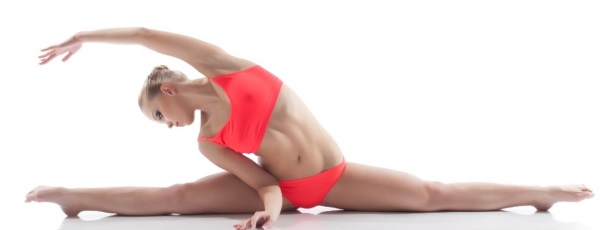
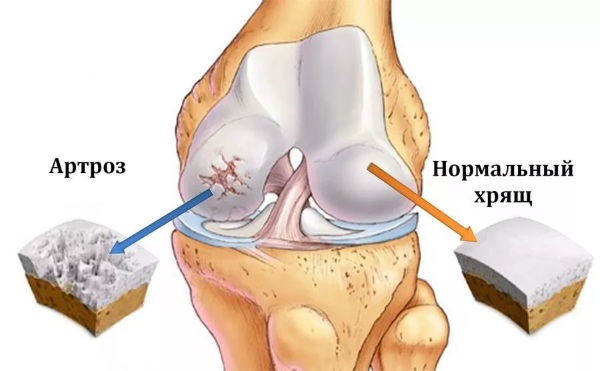
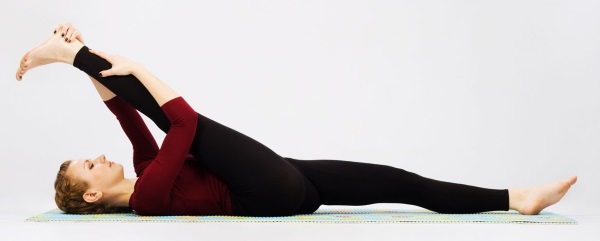
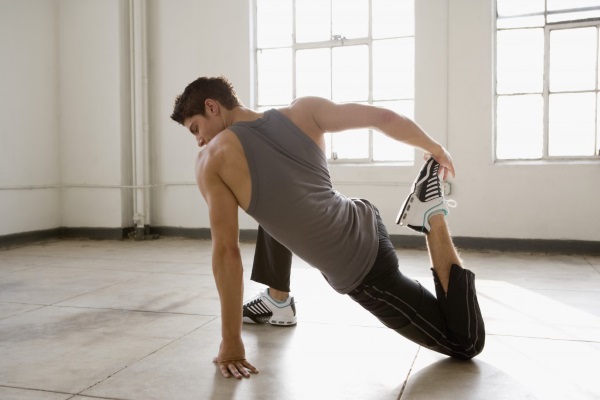
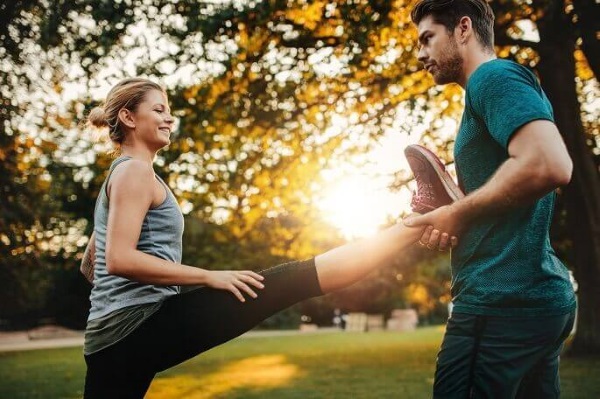
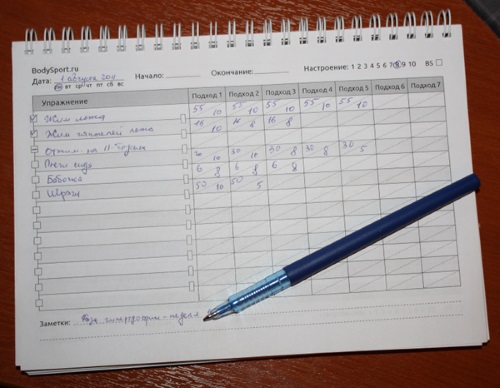
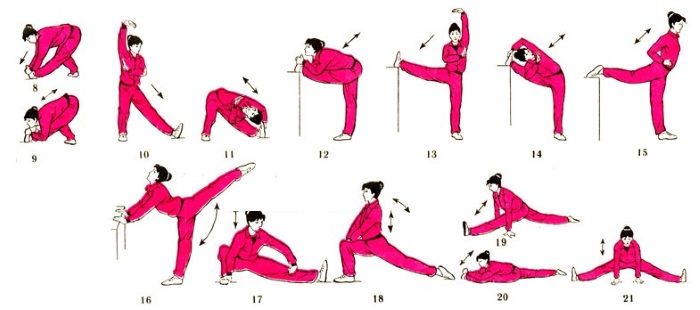
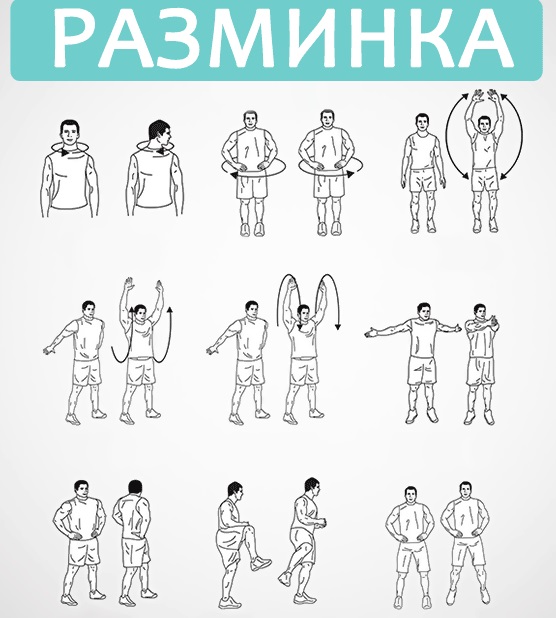
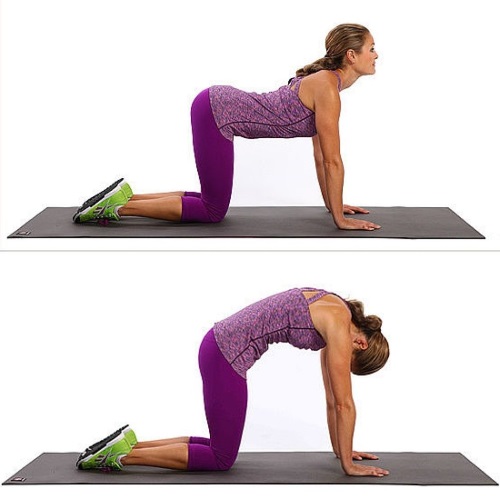

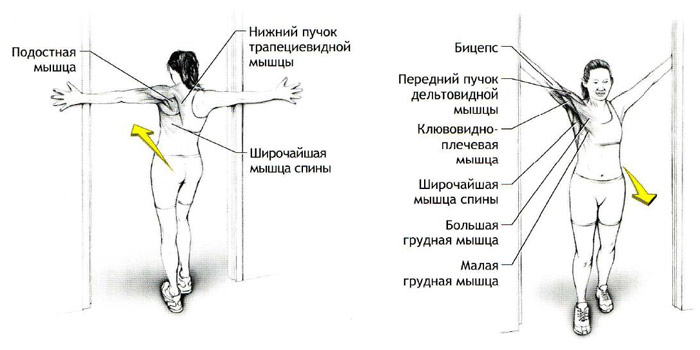
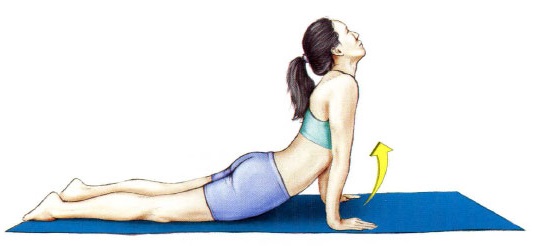
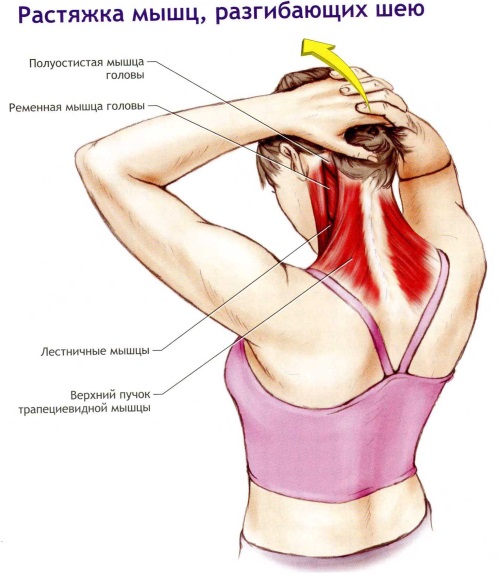
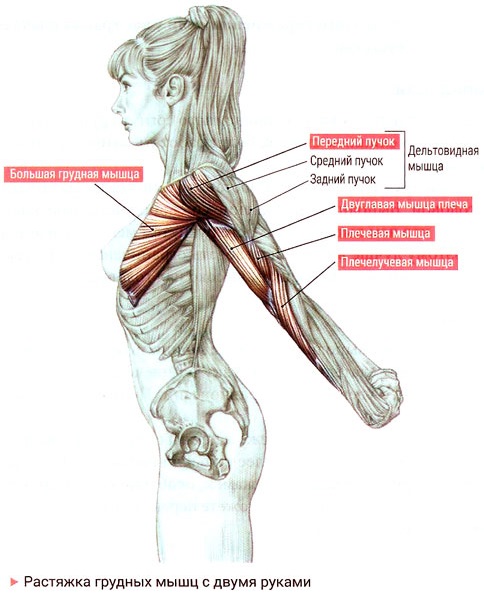
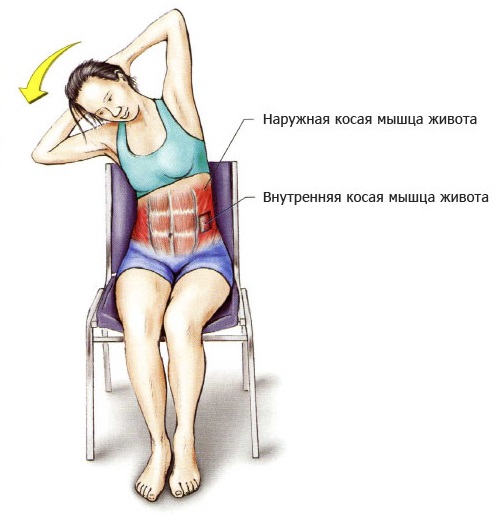
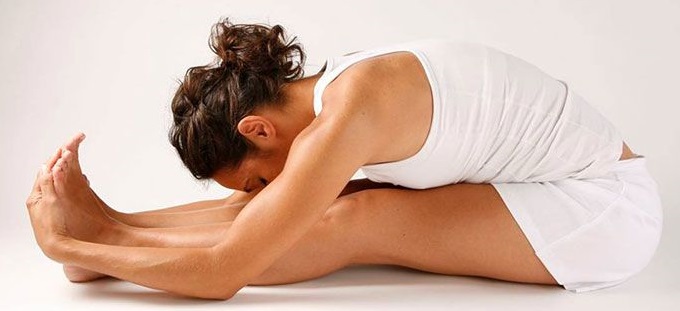
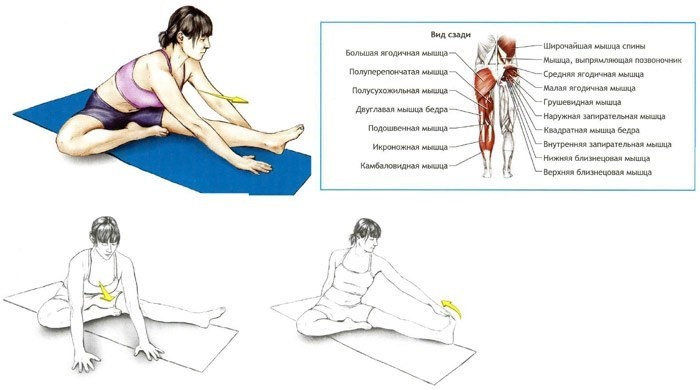
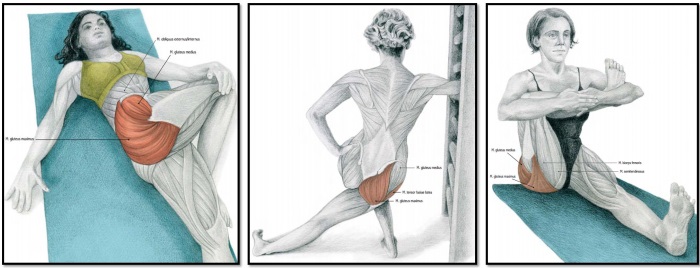
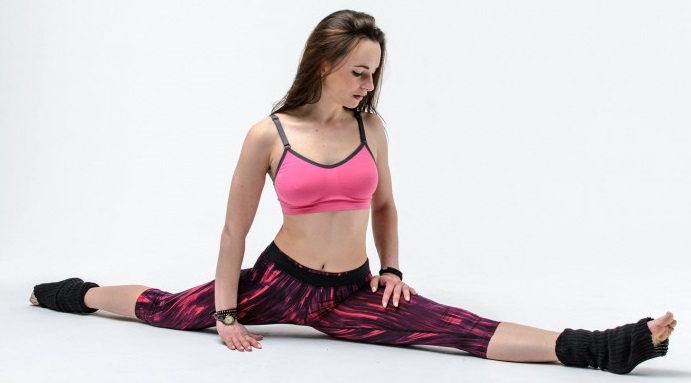
If you start a diary, it is very stimulating for new exercises.